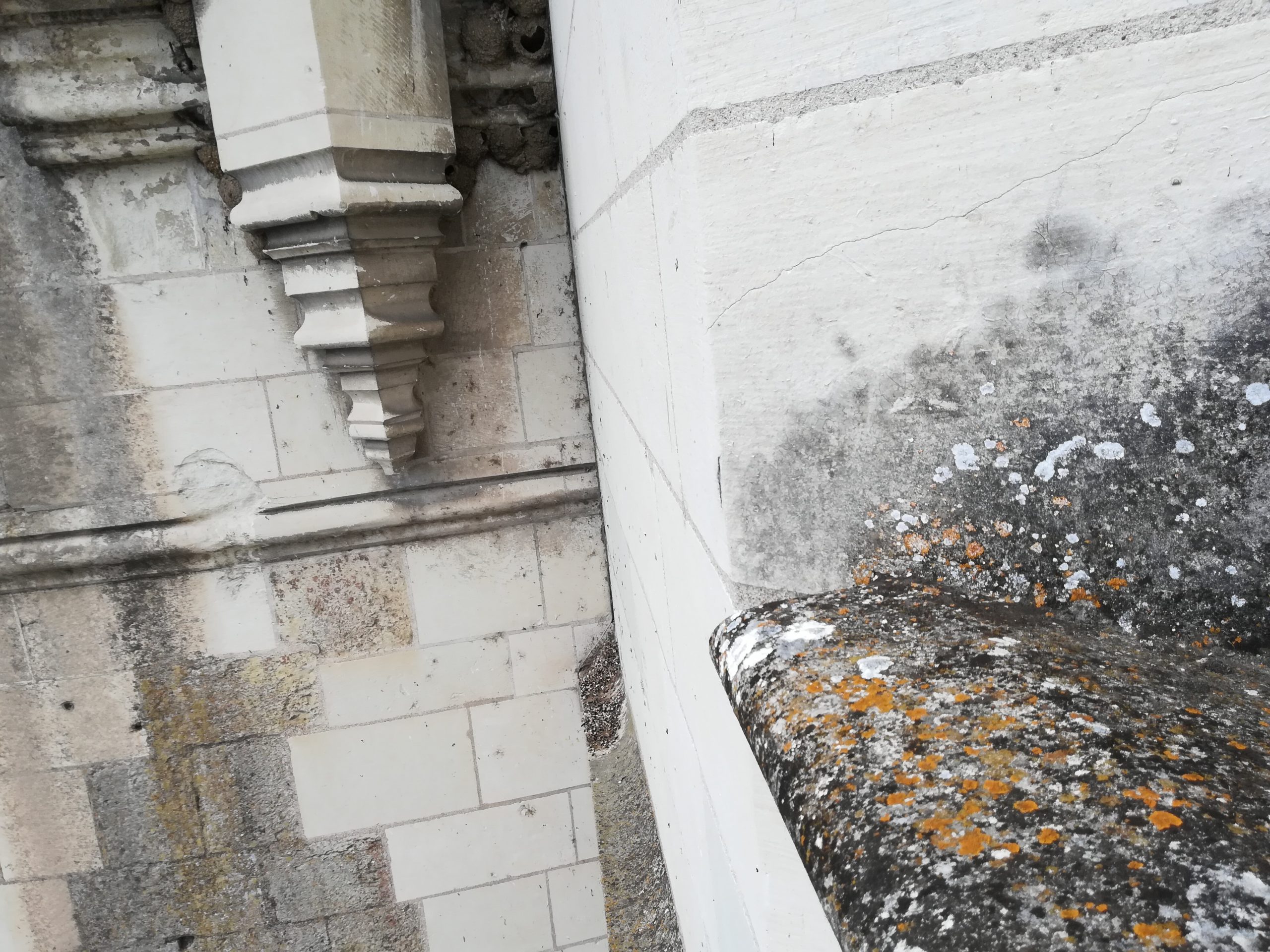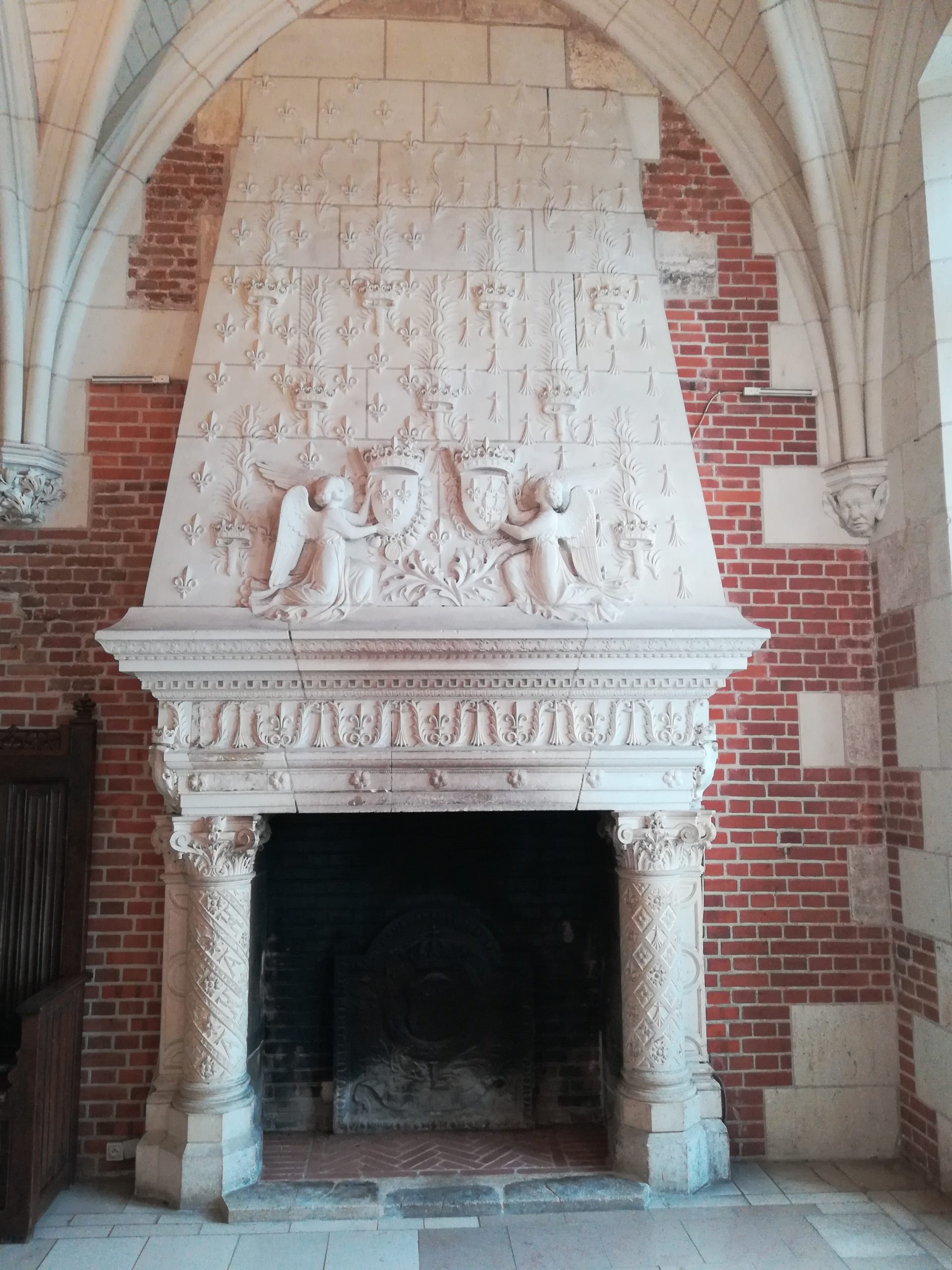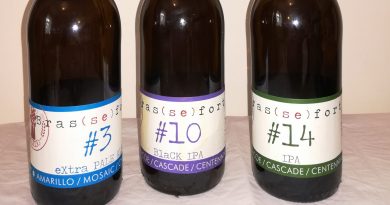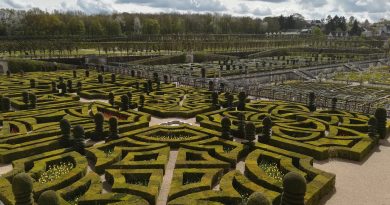Swifts and Swallows at the Chateau of Amboise
The Chateau of Amboise is one of the most famous and historic of the chateaux in the Loire. It was a royal palace and residence for numerous kings including Francois Premier and is the site of Leonardo da Vinci’s tomb. So there is much to see and enjoy. But another delight – during summer at least – is the swifts and swallows swooping around the ancient ramparts.

Outside the chateau, from the medieval streets below, the birds look so high in the air. The medieval fortress is a great backdrop from this perspective. Once inside the chateau, however, you get a totally different view, especially from the ramparts facing the river. Here the birds are right next to you and even when you look down. Nests that are well above ground level are just a few metres away. Look carefully and you’ll see the hatchlings poking their heads out of their nests as they await the next feed of freshly caught insects delivered by their parents.
The birds arrive from Africa in the early summer. They spend the longest days and warmest months breeding and raising their young. It’s interesting to reflect that their ancestors have been coming back to this ancient town since well before the chateau existed. Then they would have nested in the cliff faces running along the banks of the Loire. These cliffs were presumably the reason why there have been defensive structures on the site for centuries. It’s relatively high up and facing the river. This makes it an ideal strategic location to defend the area and protect the river crossing below.

The nests tend to be high up in an alcove or cornice on the ancient stonework. On one wall of the chateau, for example, almost every decorative alcove near the roof appeared to have a nest. In conventional buildings, they will often build a nest under the eaves. It seems crucial that there is some kind of angle in the stonework to allow the birds to build-up the ball-shaped nest from two faces. They also prefer older buildings – at least in Amboise. Could this suggest the birds not only return to the same town but the exact nesting site year after year? Maybe, but one thing is sure: they are all gone well before the days get shorter and cooler. It’s a cycle that has been repeated for thousands of years.
Back to the Chateau of Amboise
The origins of the current fortress go back to at least the Gallic and Roman eras. During the early middle ages, it was owned by a succession of kings and noblemen. These all added to the structure. It reached its peak in the first half of the 16th century when Francois Premier was king of France. Approached from the north – or along the opposite bank of the river from either Tours or Blois – it stands high above (and still dominates) the town. It must have been even more impressive when it was at its largest during the medieval period.

Francois Premier was a man of the renaissance and there is plenty of evidence of his influence in the chateau. In the great hall, for example, there are some outstanding stone carvings on supporting columns and the fireplaces. Francois invited Leonardo da Vinci to France and the great polymath spent his final years in Amboise. This is the reason, of course, why the Mona Lisa is in France – Leonardo brought it with him. His remains are buried in the chapel of Saint Hubert in the grounds of the chateau.
Some parts of the chateau were destroyed after it fell into decline from the 16th century onward. Although it was much larger in the past it still retains the appearance of a proper defensive fortress. Many of the chateaux built in the region afterwards have a more stylised or decorative appearance. This is because they were more about status and prestige than defence.



